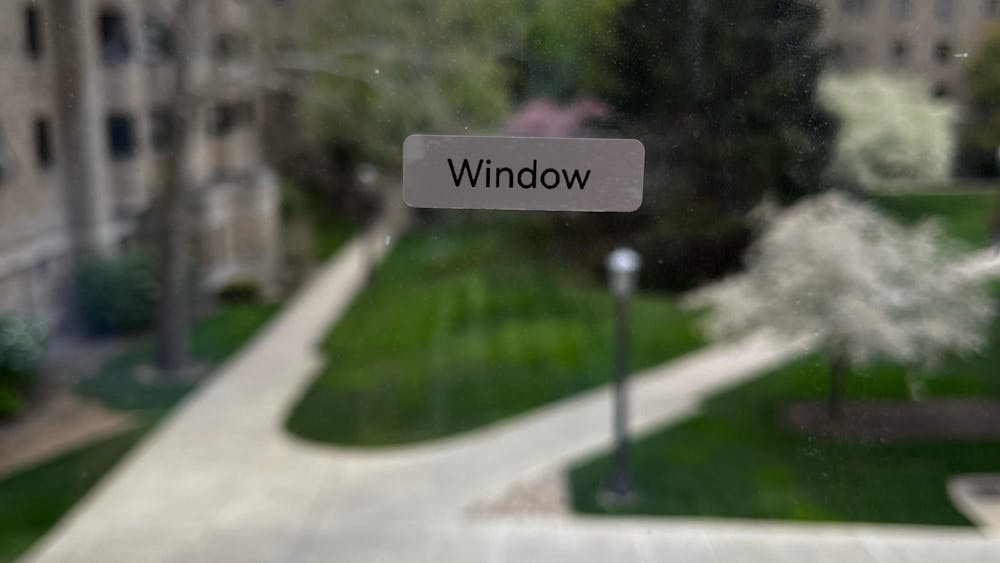The Keystone XL pipeline has been in the news for a long time. Its initial proposal in 2008 sparked immediate controversy as proponents hyped over less foreign oil and opponents worried about the environmental costs. For six years, environmental committees evaluated, Congress deliberated and in 2015, Obama vetoed the project. Last January, President Trump signed an executive order to give the project a green light.
To be clear — the Keystone pipeline already exists. It transports crude oil from Alberta, Canada, to Houston through three different “phases” of pipes and delivers about 1.3 million barrels of oil per day to American refineries. The problem is this oil highway doesn’t run in a straight line: Phase I travels east through Canada and turns south at the Dakotas, taking an L-shaped path instead of a direct route. The proposed Phase IV pipeline — otherwise known as Keystone XL — would solve this problem, creating an expressway that cuts a straight diagonal line from Hardisty, Canada, to Steele City, Nebraska. Keystone XL is not meant to replace any existing pipelines but rather to supplement them.
If you want your oil and you want it now, Keystone XL makes sense. It takes a more direct route, has larger diameter pipes and runs through Baker, Montana, where it can pick up some home-grown light-crude oil to supplement that of our Canadian friends. Once completed, it would deliver an additional 830,000 barrels of oil to refinery each day — that’s 35 million gallons of gasoline for our planes, trains and automobiles. Proponents argue that this will lower the price of gas, reduce our dependence on foreign oil and create construction jobs.
Note: Under this logic, Canadian oil does not count as foreign. Whether the pipeline would increase or decrease gas prices is hotly debated and comes down to whether the pipeline will transport oil that is sold oversees or used at home — a question no one can answer. As to how many jobs will be created, estimates range from 28,000 (President Trump) to 138,000 (TransCanada, the company who owns the pipeline). The State Department honed in at 42,000, stressing that these jobs would end when construction ends. For comparison, our economy generated two million new jobs over the course of 2016.
Most of the controversy over Keystone XL is the environmental risks its construction could pose. Environmentalists looking to meet divestment goals don’t like the sound of 830,000 barrels of oil hurtling through the Great Plains. They also fear the threat oil spills could pose to already-fragile ecosystems — spills that are an eventuality more than a possibility, as even TransCanada allowed that there would be at least eleven spills over the project’s fifty year lifespan (although some experts put that number as high as ninety one). In response to these fears, TransCanada has rerouted the planned pipeline away from endangered wetlands and freshwater aquifers and also agreed to bury the pipeline deeper underground.
These measures were taken to limit the effects of a spill on the surrounding environment, but some critics believe the problem begins before the oil is even in the pipe. The oil transported by Keystone XL will be mined from Canadian tar sands. Tar sand oil is considered to be especially “dirty,” as it requires a lot of energy to extract. The oil also has to be superheated to be transportable, requiring more fossil fuels. From ground to gas pump, the use of tar oil releases 17 percent more greenhouse gasses than traditional oil.
Tar oil is already being mined, but vocal opposition to the environmental costs has made it something of a last resort. However, as projects like Keystone XL get approved, more and more tar sand oil will be extracted, refined and used. It is the opposite direction that a climate-conscious society should be moving in.
Some people believe the hype over the Keystone XL is overblown. They claim that this project will not eliminate U.S. dependence on Saudi Arabian oil any more than it will spell the end of our polar ice caps. They point out that this oil will get to market it eventually anyway, so there is not much point in trying to stop it now.
These people are wrong.
There will never be a silver bullet with which to fight climate change. What there will be is constant opportunities, at every level, to take steps either towards a cleaner future or backwards to a dirty one. There will be opportunities and there will be turning points, and there will be times to make decisions about what we want to be. The Keystone XL Pipeline is one of these.
And the fight is not over. President Trump has made his position clear, but TransCanada still has to get permission from Nebraska to begin construction. Nebraska’s politicians have been staunchly opposed to the Pipeline in the past. Now is the time to give them our support. Now is the time to decide what we want our policies to say about us.













